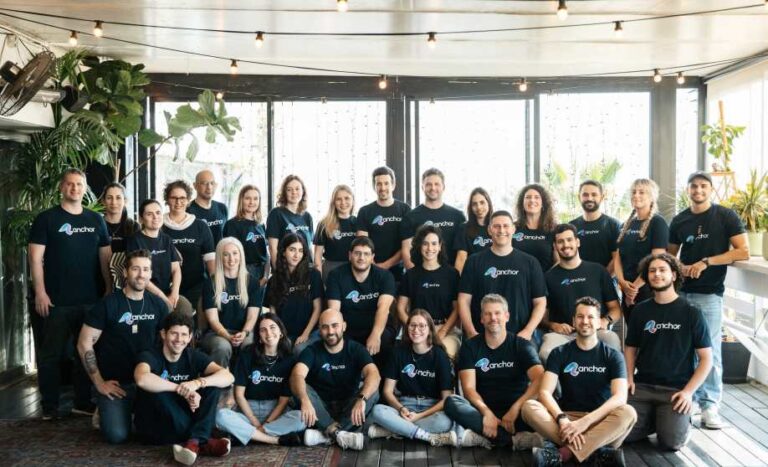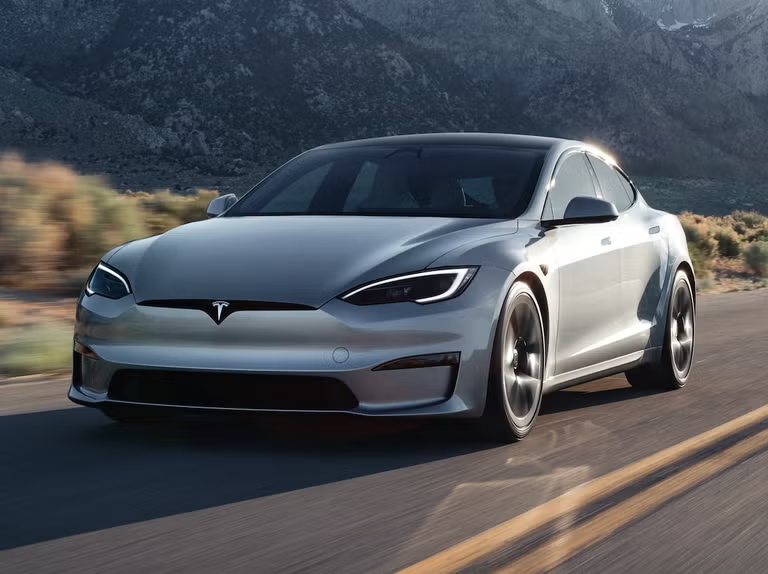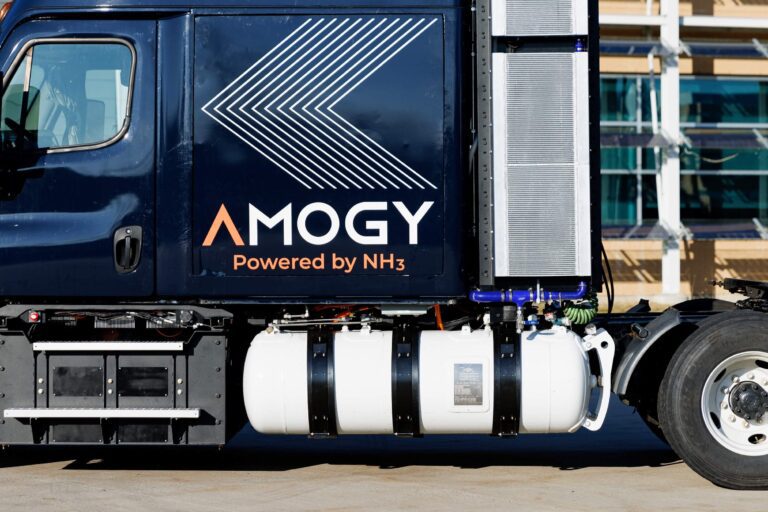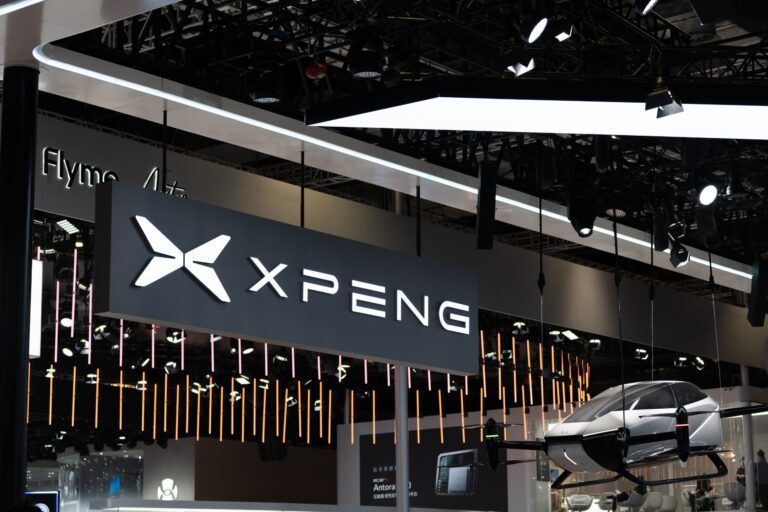Latest Post
The Consumer Electronics Show (CES) 2025 marked a significant milestone in the development of personal transportation with the unveiling of XPeng Aeroht’s ‘Land Aircraft Carrier.’ This modular flying car is a fusion of automotive and aerospace engineering, designed to address the growing demand for versatile and sustainable mobility solutions.
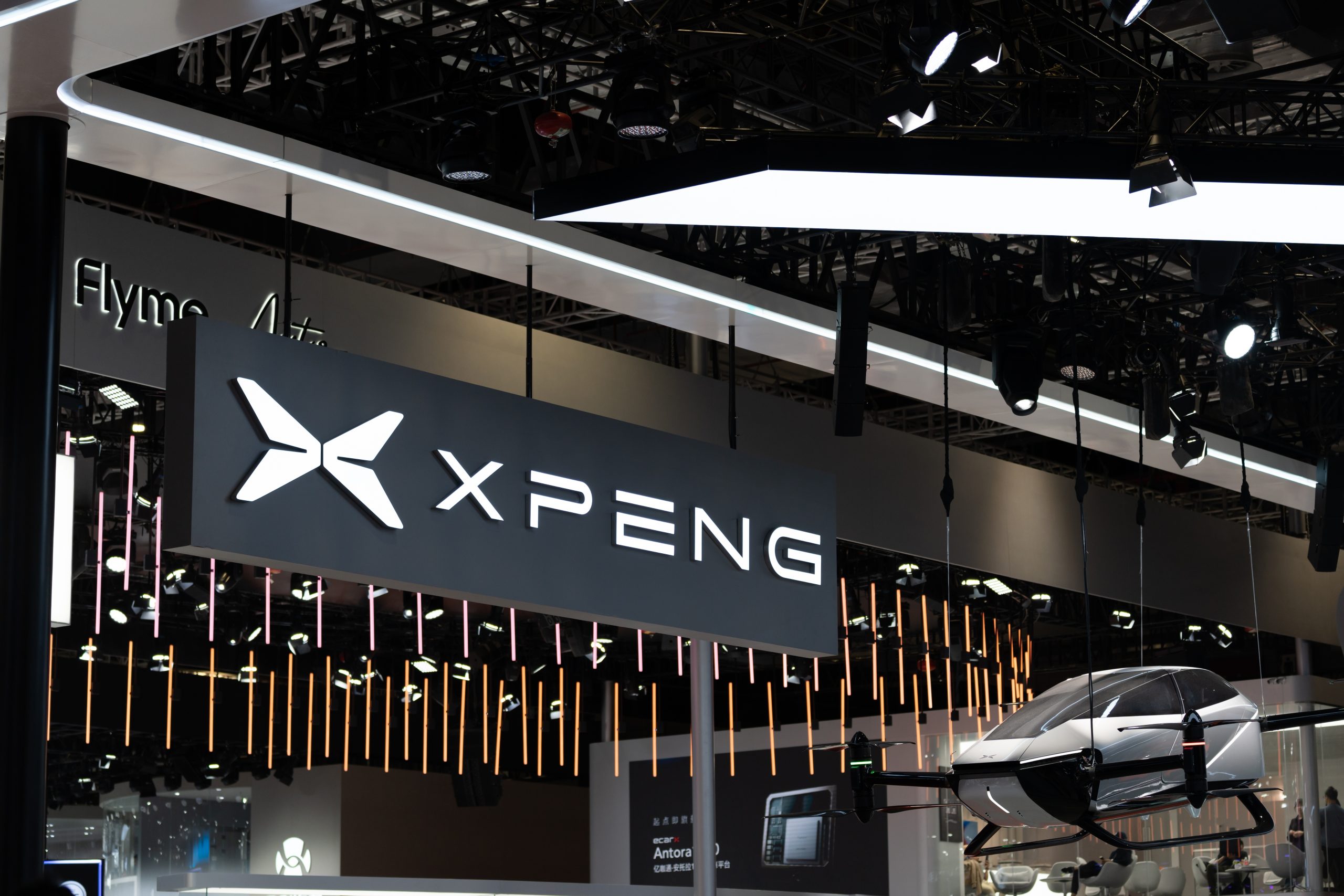
Design and Specifications
The ‘Land Aircraft Carrier’ consists of two primary components:
Ground Module (Mothership):
- Design: The ground vehicle features a tri-axle, six-wheel configuration, enabling 6×6 all-wheel drive and rear-wheel steering. This design ensures exceptional load-bearing capacity and off-road capabilities, drawing inspiration from lunar rover aesthetics with a minimalist, cyber-mecha design language.
- Dimensions: It measures about 5.5 meters in length, 2 meters in width, and 2 meters in height. Thus, it fits standard parking and underground garages. A driver’s license C-class is acceptable to drive it.
- Interior: The rear trunk has a half-transparent glass to slightly reveal the stored flying module.
Read also: Zuri Secures €3M to Propel Hybrid VTOL Aircraft Development
Air Module (eVTOL Drone):
- Configuration: The detachable drone uses a six-rotor, dual-ducted design and is mostly built from carbon fiber to strike a balance between strength and lightweight.
- Flight Capability: The air module supports both manual and autonomous flight modes, providing a 270° panoramic cockpit for expansive aerial views for users.
- Deployment: The separation and reconnection mechanisms between the ground and air modules are fully automated. When separated, the drone’s arms and propellers deploy seamlessly, readying it for immediate takeoff.
Market Reception and Pre-Orders
Since its presentation, the ‘Land Aircraft Carrier’ has attracted a lot of attention and it already has received over 3,000 pre-orders. Customers are mainly entrepreneurs, CEOs, celebrities, and aviation enthusiasts, which means there is huge interest for new means of transportation. XPeng Aeroht will begin deliveries in 2026, with the initial shipment targeting the China market.
Price and Delivery
Its entry-level ‘Land Aircraft Carrier’ costs less than $300,000, establishing a competitive benchmark in the young flying car segment. XPeng Aeroht’s plan is for the mass rollout of the program by the year’s end; deliveries are estimated to start around 2026. Although there is an ambitious aspiration at launch to debut the product just in China, XPeng doesn’t rule out expansion into new international markets dependent on regulatory authorization and market attractiveness.
Possible Utilizations
Beyond personal luxury transportation, the ‘Land Aircraft Carrier’ promises a host of practical applications:
- Emergency Services: Its practicability in changing from driving to flying makes it relevant for use in medical rescues, highway accident responses, and high-rise evacuations.
- Adventure Tourism: The off-road capabilities and aerial functionality make the vehicle helpful to adventure seekers wishing to experience something different in travel.
- Urban Mobility: In congested urban environments, the eVTOL component offers a solution to bypass traffic, enhancing efficiency in daily commutes.
Read also: Waymo Expands Robotaxi Services USA and Tokyo
Technological Innovations
The development of the ‘Land Aircraft Carrier’ showcases several technological advancements:
- Automated Integration: The seamless detachment and reattachment of the air module to the ground vehicle are fully automated, enhancing user convenience.
- Advanced Materials: The drone is built using carbon fiber to ensure it’s durable and at the same time lightweight, hence very essential for flight efficiency.
- Panoramic Cockpit: The 270° panoramic cabin design offers the pilots a vast field of view, hence increasing safety and general flight experience.
Regulatory and Infrastructure Considerations
This is because flying cars such as the ‘Land Aircraft Carrier’ call for regulation frameworks and infrastructure for low-altitude urban air mobility. It means the integration of air traffic management systems, takeoff and landing zones, and safety protocols in place for eVTOLs into existing transportation networks.
Future Outlook
XPeng Aeroht’s ‘Land Aircraft Carrier’ presents one important step towards the practical reality of flying cars. On the road to mass production and delivery, the company will face difficulties in terms of regulation, acceptance by the people, and infrastructure development. Still, the design of the vehicle and the high pre-order interest point toward an impressive future for modular flying cars in the personal transportation sector.
